In the fascinating world of homemade jams and jellies, the sweet aroma of simmering fruits and sugar can fill your kitchen, but this is also where mishaps and challenges are part of the journey. Fear not, fellow preserve enthusiasts, for hiccups, like sugar problems, are common and can happen to anyone who dares to make their own.
Sometimes there’s a clear cause for the issue, while other times, it might be a mysterious combination of variables that come together to create an unexpected outcome.
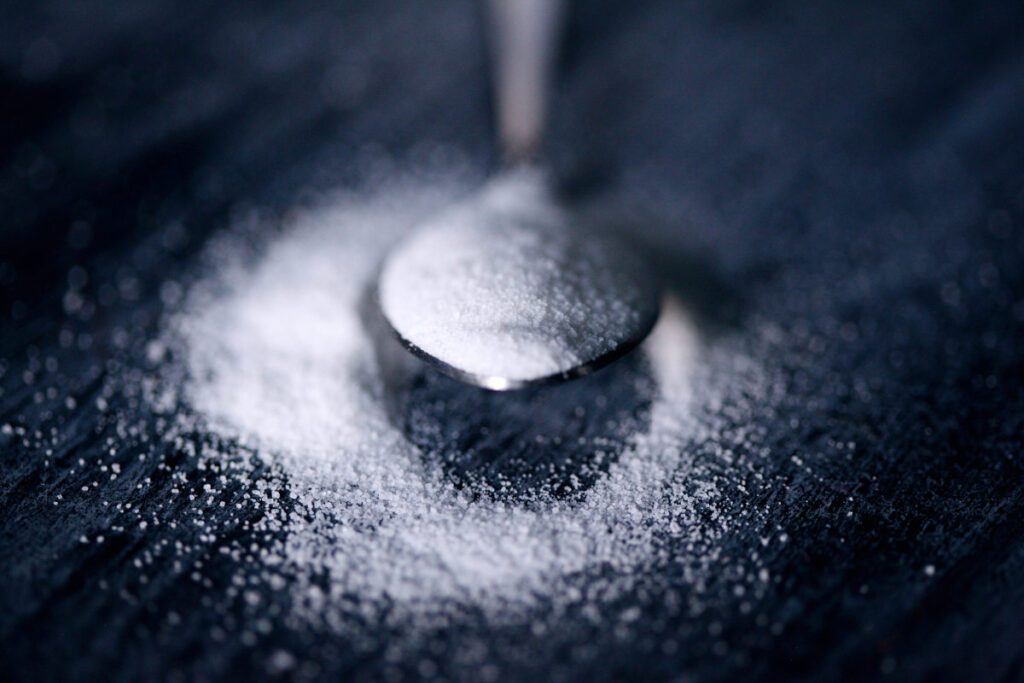
In your quest for the best homemade sweet preserve, you’ll encounter a variety of bumps along the way. From strange tastes and textures to cracked glass jars, and everything in between. The good news is that many of these mishaps can be remedied or partially solved. This may allow you to salvage your creation or find alternative ways to use it. However, in some cases, you may need to discard the jam or jelly and chalk it up to experience.
Remember that learning and experimenting are integral parts of the process. You’ll discover new flavour combinations and techniques. Some will be a revelation, while others may fall short of your expectations.
But don’t let these experiences stop you from continuing to create homemade preserves. Each trial brings valuable insights to help you improve and refine your skills.
So, let’s explore another one of the ups and downs of making homemade jams and jellies.
Adding too much sugar
Problem
How this can happen:
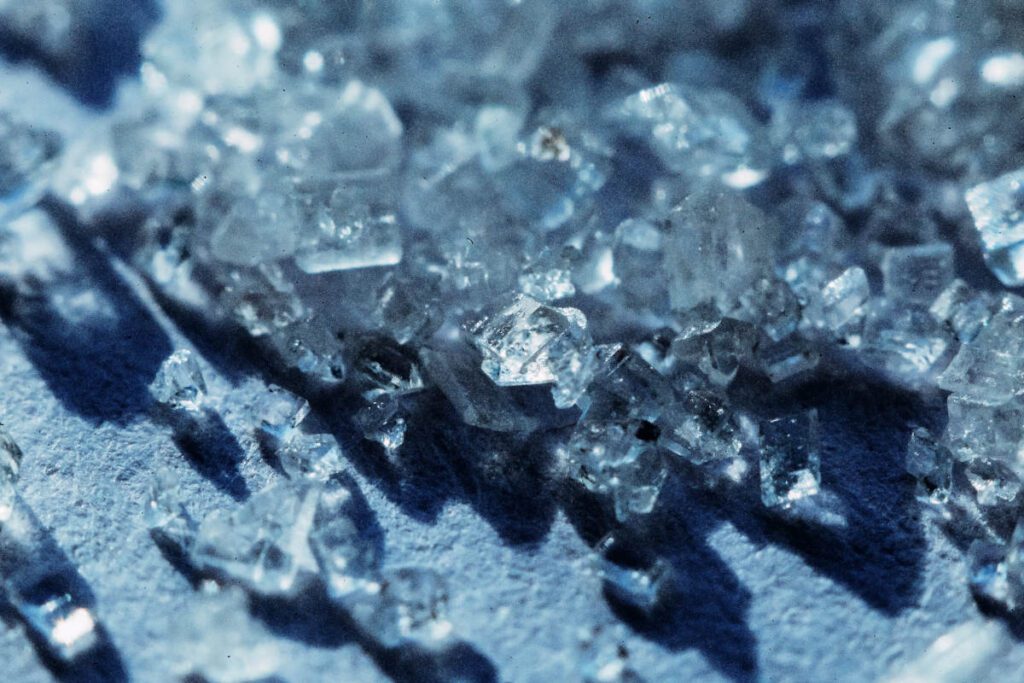
- When the fruit or vegetables being used are anticipated to not taste their best. So you end up adding a bit more to compensate for this.
- Or, the amount of sugar being added is just guessed at. This can happen so easily. You may be distracted, or not following a recipe. Or you may find yourself in those heady early stages of feeling (over) confident in your jam/jelly-making skills (I remember this well…).
- Reasoning that adding more sugar this time will make the jam set faster/better. It is a common assumption to make, and even more misleading because sometimes this can appear to be true! But you don’t have to sacrifice the flavour of the preserve to realise a satisfactory set to it.
- Thinking ‘If a little sweetness is good, then a lot must be better’.
The problem that can arise:
- If you add too much sugar, your jam will be too sweet. This is likely to overwhelm the flavours of the other ingredients. And you just end up with sugar syrup…, not jam or jelly.
- Over-sugared jam is also more likely to be difficult to dissolve in the mixture and can scorch.
- The sugar may remain as crystals in the finished product affecting the texture of the jam, namely a grainy mouth-feel. The presence of some crystals can encourage larger portions of the jam to crystallise too. White pieces in the jam might be visible.
- The outcome may also be a much firmer toffee-like jam. One that needs to be gouged out of the jar in lumps ! (Yes this does happen…)
Remedy
- Be sure to follow the recipe closely so that you don’t add too much sugar. Also, maintain the ratio of ingredients that are recommended.
- If the amounts of the rest of the ingredients are as outlined in the recipe, but there is too much sugar, you can:
(a.) Add a bit of water to help the sugar dissolve and/or
(b.) Add some more fruit if this is available.
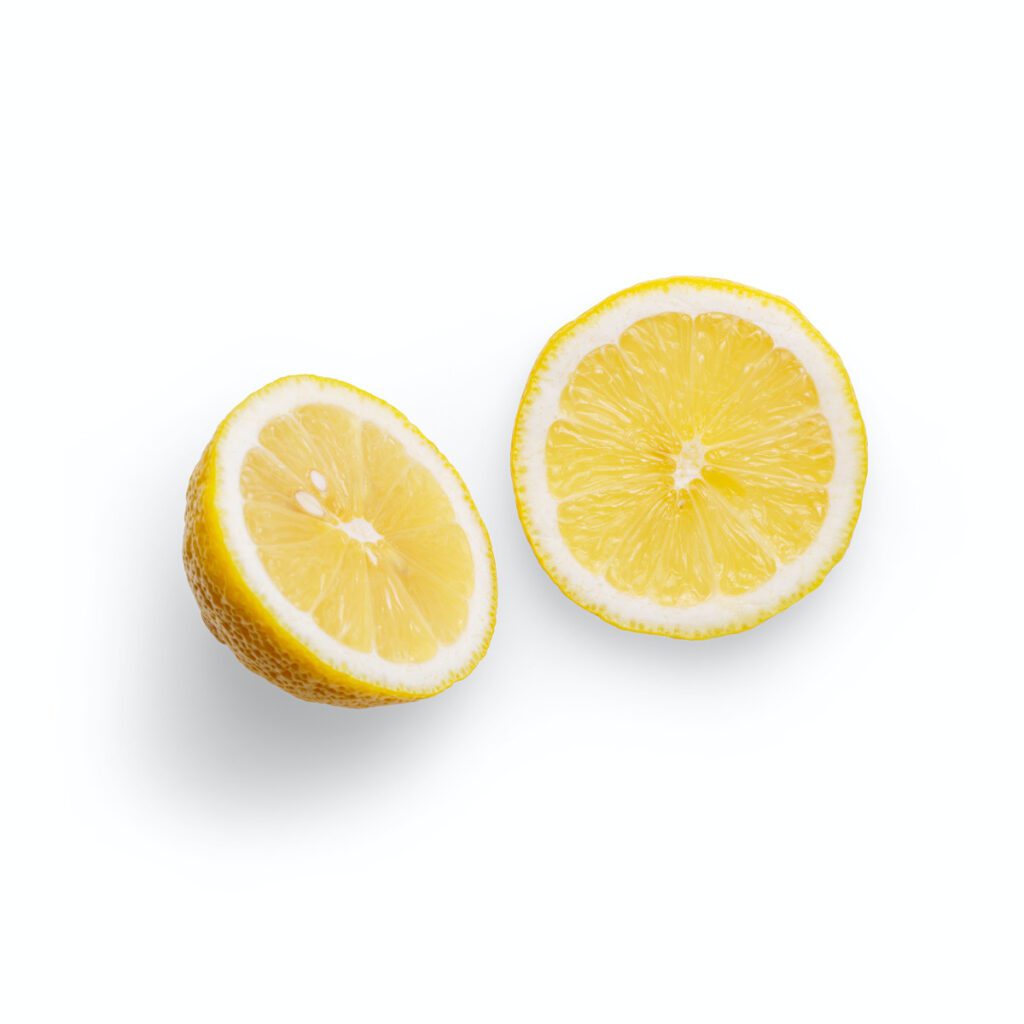
- You can also try to adding a pinch of salt, or some vinegar (I prefer apple cider vinegar for this role as it’s much more gentle than some of the other types of vinegar). Or some lemon juice. Do this in tablespoon increments and test the taste as you go. NB: Watch out for possible faster thickening and more rapid set.
- Accept that this is a ‘too sweet’ jam on this occasion and come up with ways to make the most of it.
Examples include:
- Stirring the sweet jam through some heavy whipped cream and serving it as a dessert or with cake.
- Blending the jam, add some water and turn this batch into a fruit sauce. Then drizzle it over desserts, add to cocktails, fizzy water or tonic water and stir through for a fruity drink. Make sure to store this sauce in the fridge.
- Add some to a plain cake batter in place of its sugar – where it can fulfil the role of adding sweetness and an interesting flavour to the cake.
- Add a spoon or two to a fruit salad, salad dressing or marinade (it works well to balance salty/sour/hot flavours).
And if you have too much of this extra-sweet jam, share it with others. Just make sure to give them a heads-up about the sweetness and include a few of the above suggestions for how they could use/enjoy it.
Haphazardly reducing sugar
Problem
Reducing the recommended amounts of sugar in a jam or jelly recipe can have a significant impact on the final product.
While it may seem like a healthier option, sugar not only adds sweetness but also helps to preserve fruit creation and contributes to the texture of the spread.
The impact of reducing the amount of sugar could mean that the jam or jelly:
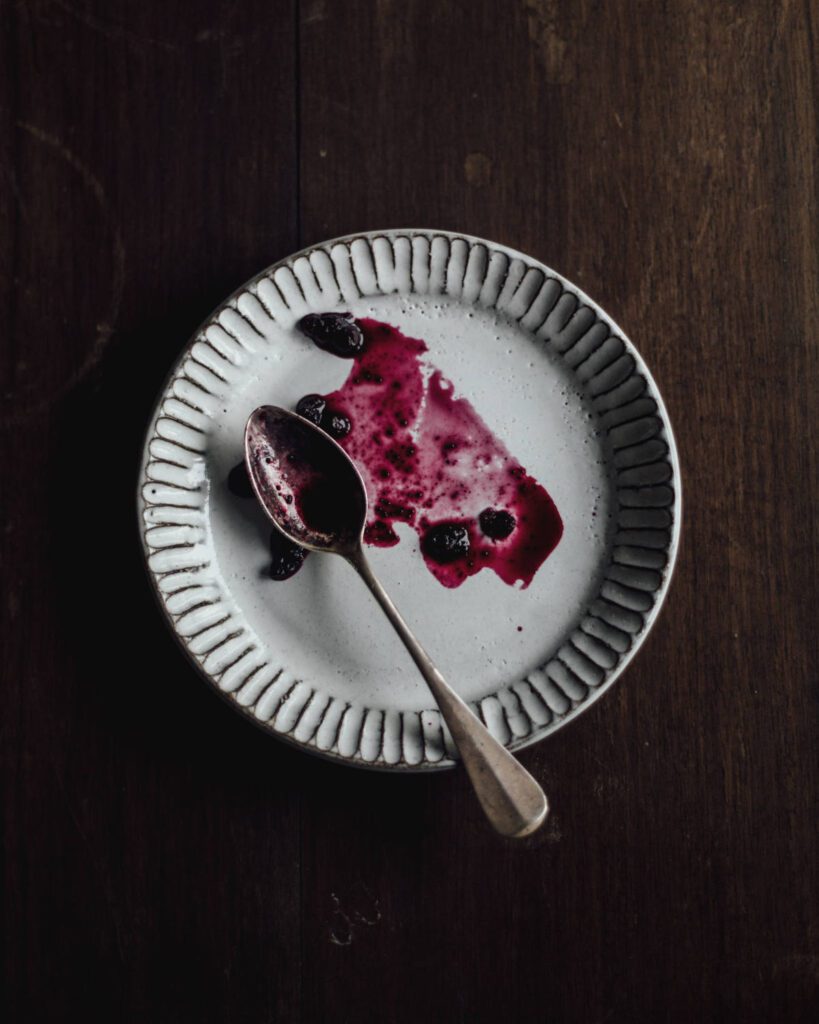
- May not be set properly – it works to help to break down the fruit to release pectin. Together with pectin, the sugar, helps the mixture to thicken to a set point.
- Have a shorter shelf life – as sugar has a preserving role as well as adding sweetness.
- Taste more sour or bitter – this is especially the case if the fruit does not have a lot of its sweetness to add. Other ingredients, like lemon juice, spices, or herbs struggle to create a pleasant jam/jelly when not supported by sweetness.
- Create an imbalance in the overall flavour profile of the preserve (sweetness can enhance certain flavours, and also mellow others).
Remedy
If you find yourself with a batch of jam or jelly that hasn’t set properly or is too sour, don’t worry – there are a few ways to rescue your preserve.
- To help the set, cook the mixture for a longer period, as this can help evaporate any excess liquid and help the mixture thicken. Alternatively, you can try adding some/more commercial pectin or other thickeners, like chia seeds or an arrowroot slurry, to the mixture to help it set.
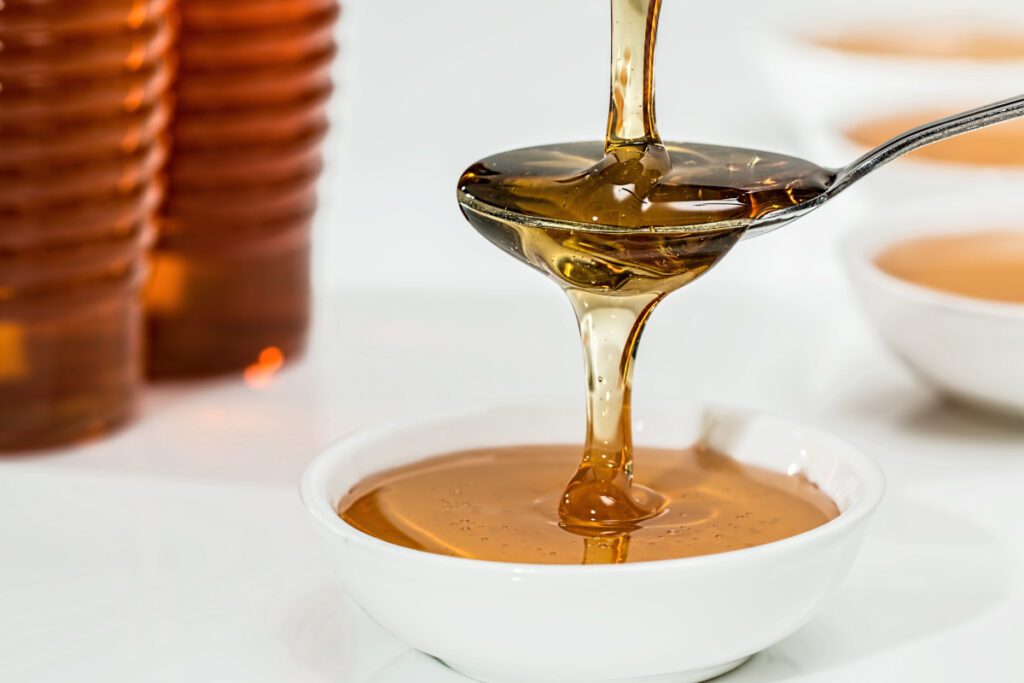
- Try adding a non-sugar sweetener like honey, maple syrup, stevia etc to balance out the flavours and maintain a good taste profile. This adds that sweet balancing element in place of more sugar.
- Accept the mixture as being runnier, and less sweet, and enjoy it anyway. Then use it as a topping or sauce instead of a spread. It may not be suitable for toast, but it could be a fantastic addition to ice cream, yoghurt, or pancakes.
*NOTE: Because the reduced sugar content will affect the preservation of the jam/jelly, and therefore reduce its shelf-life, these sweet preserves are safer being stored in the fridge or freezer to extend their enjoyment.
Don’t let a ‘less-than-perfect’ batch of jam or jelly go to waste – get creative and find new ways to enjoy your homemade creation!
On the journey through the delightful yet sometimes challenging world of homemade jams and jellies, it’s essential to remember that mishaps are a natural part of the process. There may be various hurdles that you may encounter before, during, and after making your sweet preserves, and while some of these experiences may feel discouraging, they’re certainly no reason to feel disheartened or consider your efforts a failure.
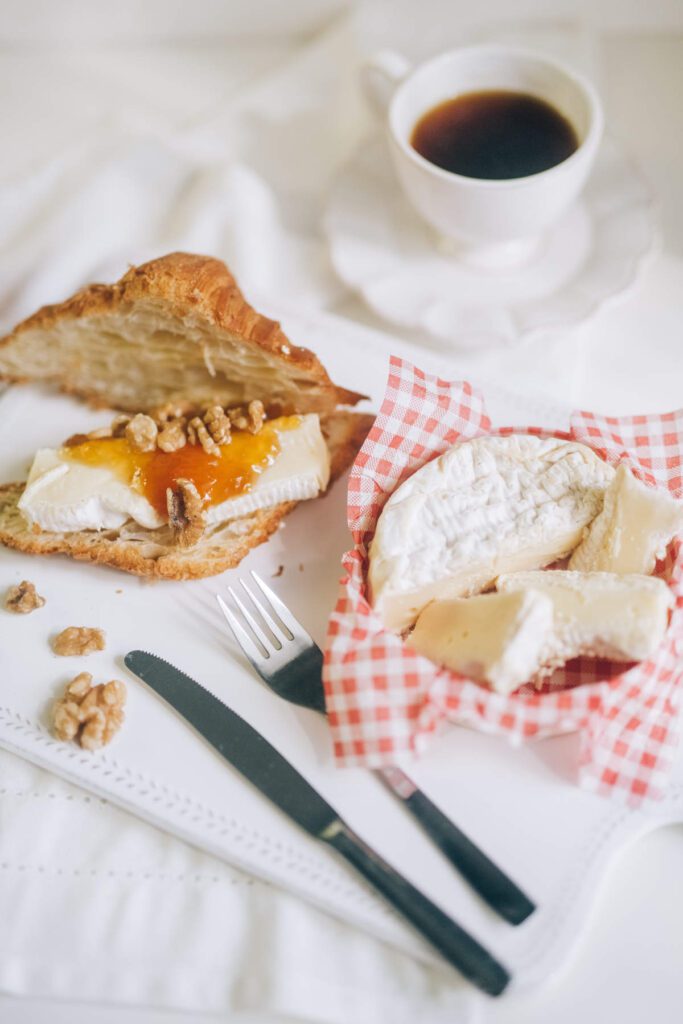
Embrace the learning curve and continue experimenting with new techniques, flavours, and methods in the pursuit of your ideal homemade jams or jellies. Each challenge that you overcome will help to develop your skills and confidence in the kitchen. With patience, practice, and perseverance, you’ll soon be creating delectable preserves that not only bring joy to your taste buds but also become cherished gifts for your loved ones and friends.
Enjoy every success and let setbacks be stepping stones towards mastery. After all, the sweetest rewards often come from the lessons learned along the way. Happy preserving!